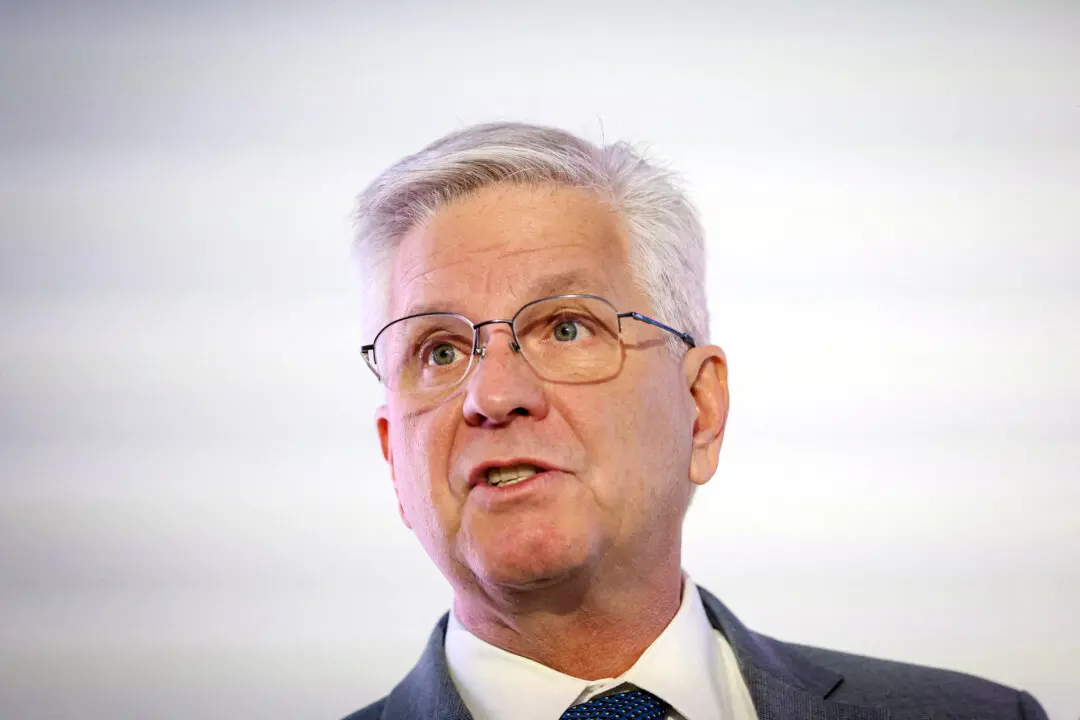The U.S. stock market suffered one of its worst days of 2022 as the leading benchmark indexes fell sharply on Dec. 15, dashing hopes for a year-end Santa Claus rally.
Investors engaged in a broad-based selloff toward the end of the trading week. The Dow Jones Industrial Average (DJIA) ended 764 points lower on Dec. 15. The tech-heavy Nasdaq Composite Index plunged by 3.2 percent, while the S&P 500 Index lost nearly 2.5 percent.





